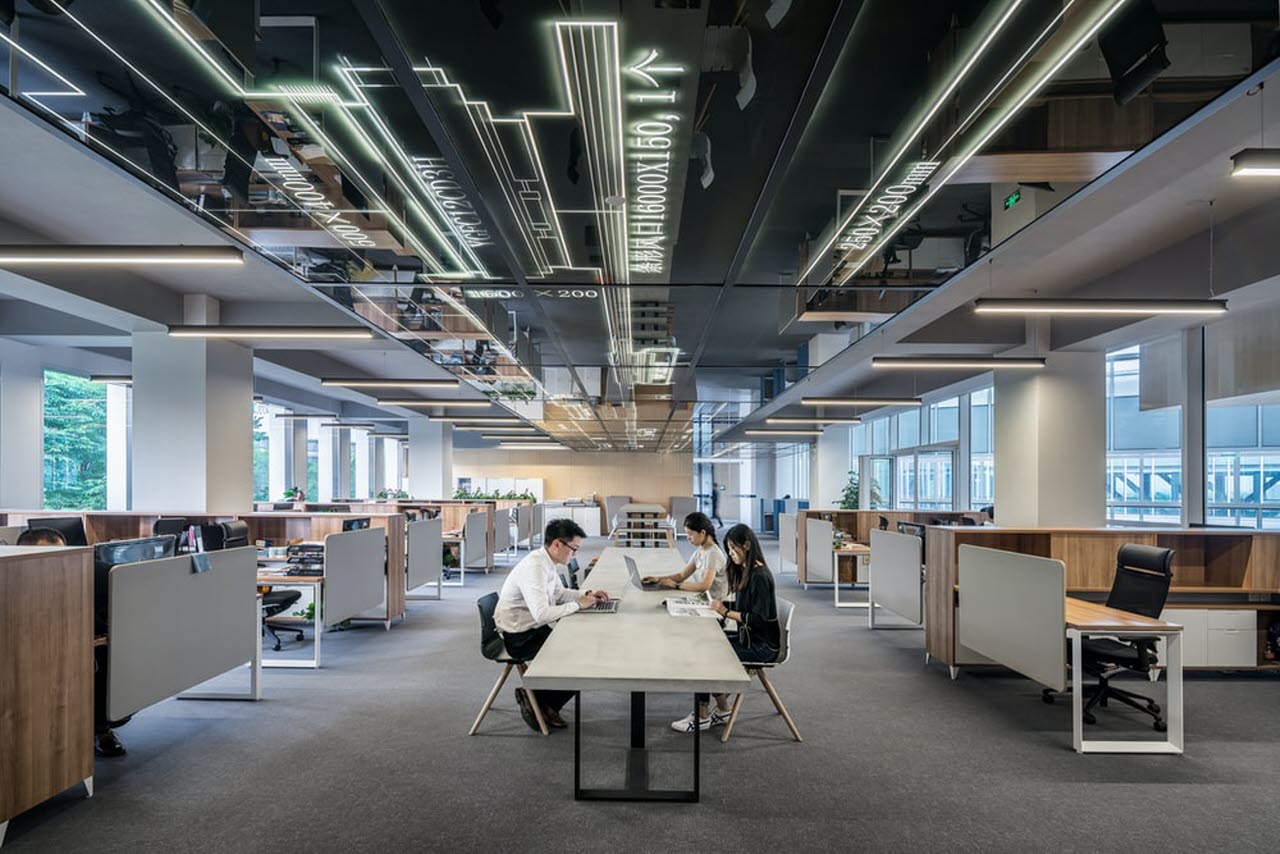
As sanctions are slowly being lifted and commercial buildings are gradually regaining occupancy, Karsons are here to offer our expert advice on the recommended procedures that should be undertaken to safely re-occupy your building following the COVID-19 pandemic. Whether you are managing a commercial or residential building, elements including water hygiene, building controls, ventilation and A/C systems must all be re-evaluated to protect your occupants and adhere to government guidelines. Here are our recommended best practices to assist you with safely re-occupying your premises.
Revise Risk Assessments and Method Statements to ensure they now include COVID-19.
Running AHUs (Air Handling Units) on full fan speed where possible. Supplying as much fresh air as possible to your buildings. Inverter-driven fans can typically be adjusted from the inverter drive. If your AHU fan is belt-driven, we suggest that the belts are maintained to provide full functionality, where snapped belts or incorrect belt tension can harm the AHU.
Close re-circulation dampers where applicable. This is to provide as much fresh air where possible into the building to mitigate any contamination from re-entering the building.
AHU filters should be checked more frequently to ensure they are clean, thus providing more airflow into the building. Blocked filters can reduce both the air quality and air pressure entering the building.
Fan Coil Units onsite. FCUs should be adjusted to provide full fan speed as recommended by the HSE. Typically, FCUs have additional dip switch or associated controls on the unit, these can be adjusted to change the fan speed and should be set to the max setting.
Fan coil unit routine maintenance and filter cleans should also be prioritised to maximise air supplied. FCUs previously switched off should be switched back on where appropriate to help achieve this as typically units can be shut off.
V.A.V (variable air volume) plant should be inspected to make sure local controls and associated dampers are functioning correctly, to ensure they are providing maximum airflow within a well-balanced system where possible.
It’s increasingly important that the BMS (building management system) and other associated control systems onsite are operating correctly. This is to ensure that the temperature and plant are running optimally. A faulty AHU temperature sensor or actuator can have severe consequences, as this could cause your AHU to provide full heating when not required. This can have a big impact on your electricity and gas consumption.
Plant time settings. It’s important that all the correct plant is running at the correct times and in conjunction with the associated plant. For example, you do not want your chiller plant to start up without the chilled water pumps on, or the indoor FCUs to run without the associated AHU plant on. Issues such as the above can have a big impact on your electricity and gas consumption.
The time settings should always be optimised to suit the needs of your building. Where applicable these should also be adjusted to provide energy savings. For example, can you run your building plant for an hour less a day to save energy? It’s also worth noting to check the time settings if they have been adjusted during the different seasonal months plus lower building occupancy periods.
Clear entry plus exit markings and signage to conform to the 2-meter social distancing rules.
Lift review and signage. How many people can safely use the lift within the 2-meter social distancing rules? Can the lift be used safely? Install signage to safely protect your building's occupants.
Hand sanitisers are recommended for the reception areas of your building where applicable. These should always be placed at all of the building's main entry and exit points.
Ensure soap dispensers within the toilets are topped up adequately.
Ensure paper towel facilities are topped up adequately.
Ensure hand dryers where fitted are functional.
Updating the weekly flushing regimes as per the reduced building occupancy. Do you have outlets that are now unused due to the lower building occupancy? If so, these infrequently used outlets should be flushed and recorded appropriately.
Calorifier and hot water heater maintenance. Unused calorifiers or hot water heaters on site that have not been running due to the lower building occupancy should be inspected plus either flushed, pasteurised, or chlorinated where possible. To ensure the water stored is free from contamination.
Water-saving devices onsite, where applicable if you have sensor taps fitted for hand washing facilities, it’s recommended that these are adjusted to allow 30 seconds to provide thorough hand washing.
Shower heads, where fitted, should be replaced or descaled.
Cold water tanks should be checked and both cleaned and chlorinated if required.
Cold water outlets onsite should be flushed through, to provide a fresh cold water turn over if the cold-water storage tanks have been unused due to building occupancy.
If you need any help to understand how to safely re-occupy your building following the COVID-19 pandemic, please feel free to get in touch today for your free consultation with Karsons on 0203 282 7605 or info@karsonsconsulting.com
Karsons Consulting are members of the Chartered Institute of Building Services Engineers, The Association of Consultancy and Engineering, British Institute of Facilities Managers and the Building Services Research and Information Association.